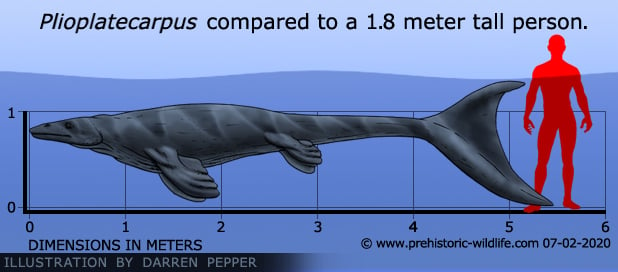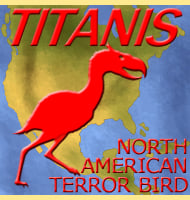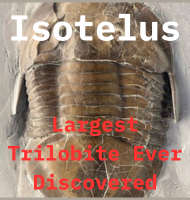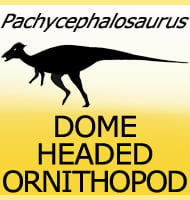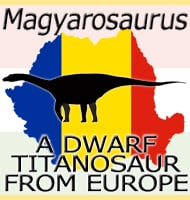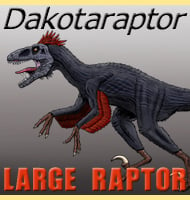In Depth
The sheer expanse of Plioplatecarpus remains in both Europe and North America indicate that this mosasaur was a predator that frequented the open ocean, and was not restricted to just hunting in shallow waters like some smaller mosasaurs have been presumed to have been. Additionally Plioplatecarpus had proportionately larger eyes than other mosasaurs which might hint at a deep water adaptation similar in function to the earlier big eyed ophthalmosaurid ichthyosaurs like Ophthalmosaurus.
The teeth of Plioplatecarpus also suggest an adaptation for smaller and possibly slippery prey since they are strongly recurved. This means that each tooth had a pronounced curve that saw the tip of the crown pointing backwards at an angle rather than straight up. Aside from just fish, open ocean and deep water prey animals would have been squid and ammonites, although the teeth seem more suited for work on softer bodied squid rather than shelled ammonites. The snout of Plioplatecarpus is proportionately shorter than other mosasaurs, and is likely an adaptation to increase the jaw opening and closing speeds. This idea is based upon the established principle that a smaller surface area (as in the shorter snout) would experience much less resistance as it moved through the water. Much more extreme shortening can be seen in other deep water marine reptiles such as the gigantic Shastasaurus.
The name Plioplatecarpus is derived from this mosasaurs similarity with the earlier named Platecarpus which led to the combination of the word ‘plio’ (more) with Platecarpus. The meaning of Platecarpus is ‘flat wrist’ and is in reference to the flat structure of the bones in the front flippers.
Further Reading
– Systematics and morphology of American mosasaurs (Reptilia, Sauria). – Bulletin of the Peabody Museum of Natural History 23:1-252. – D. A. Russell – 1967. – Plioplatecarpus primaevus (Mosasauridae) from the Bearpaw Formation (Campanian, Upper Cretaceous) of the North American Western Interior Seaway. – Journal of Vertebrate Paleontology Vol. 16, No. 4, pp673-687 – Robert Holmes – 1996. – A new species of mosasaur (Squamata: Mosasauridae) from the Pierre Shale (lower Campanian) of Manitoba. – Canadian Journal of Earth Sciences 44:593-606. – Robin S. Cuthbertson, Jordan C. Mallon, Nicolas E. Campione & Robert B. Holmes – 2007. – A new species of Plioplatecarpus (Mosasauridae, Plioplatecarpinae) from the Bearpaw Formation (Campanian, Upper Cretaceous) of Montana, USA. – Journal of Vertebrate Paleontology 35(3). – R. S. Cuthbertson and R. B. Holmes – 2015.

